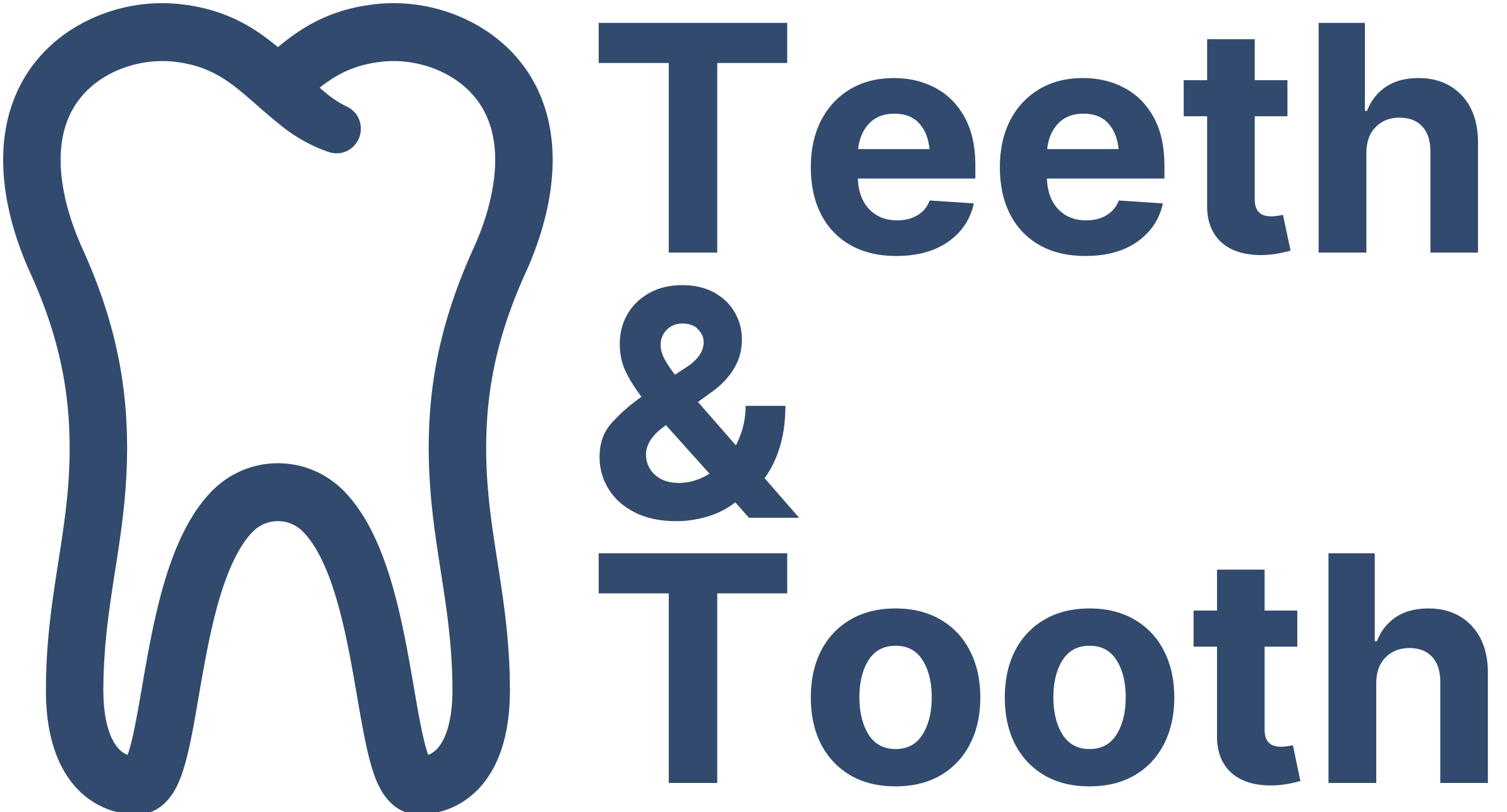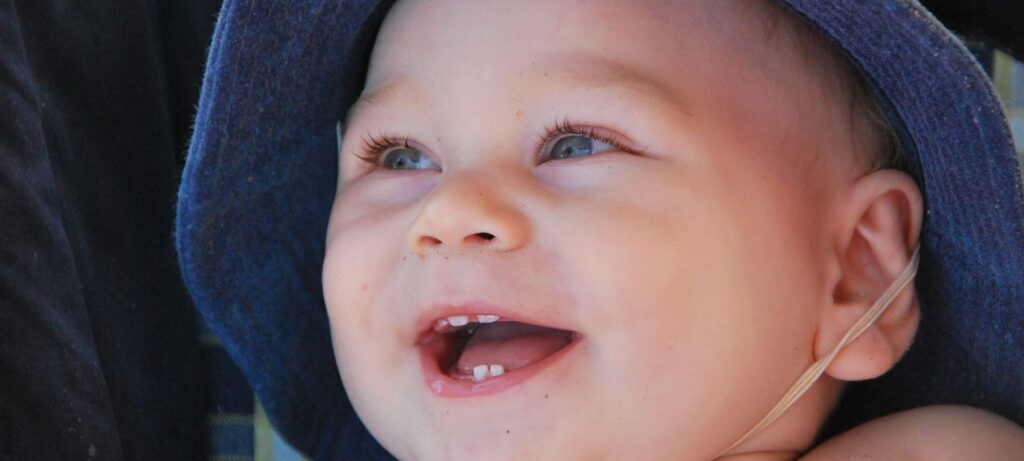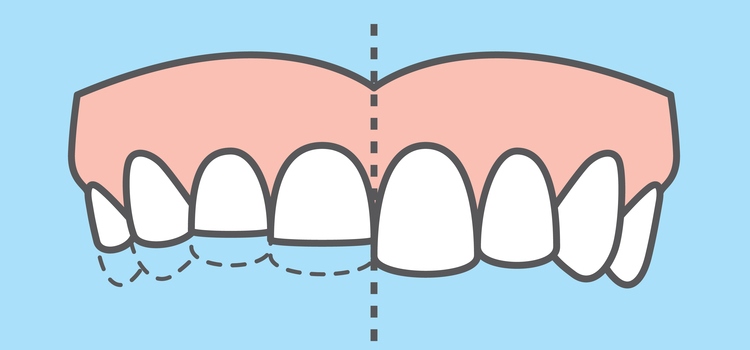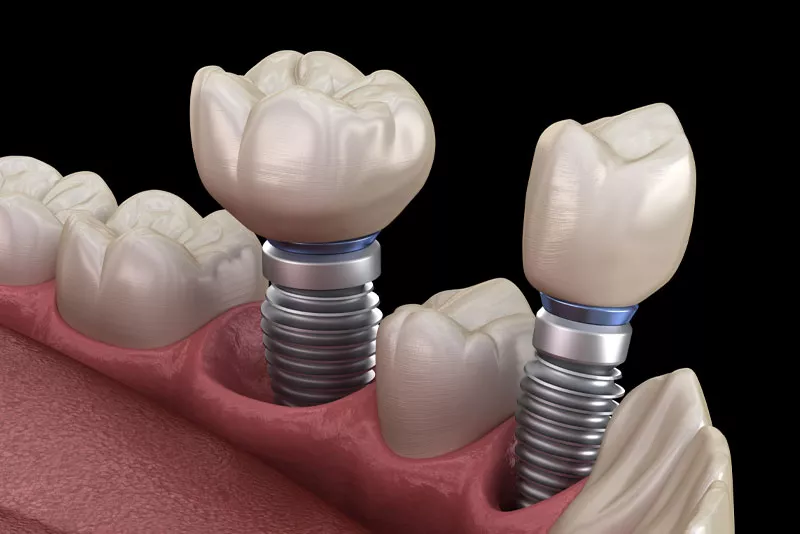Your baby’s first smile is a cherished moment, and those tiny, toothy grins can sure light up your world. However, some parents may be concerned if they notice a visible gap between their baby’s front teeth.
It’s not uncommon for parents to have questions and concerns when they spot a gap in their little one’s smile but rest assure that you are not alone in this.
In this article, we will address the concerns you have about the gap between those adorable front teeth. We’ll also delve into the things you should do to ensure your baby’s oral health remains on track.
Whether you’re a first-time parent or a seasoned pro, understanding the intricacies of your baby’s dental journey is crucial. So read on to find out how you can keep that precious smile as radiant as ever.
Cause of Front Teeth Gap
A gap in the front teeth is better known as diastema. This occur mostly during the development of the teeth, and is often observed in baby and toddlers. There are several causes, and it is important as a parent to be aware of the factors that can contribute to diastema:
- Normal Development: Gaps between a baby’s front teeth are a common part of early dental development. Primary teeth, commonly referred to as baby teeth, usually have spaces between them. These gaps often close naturally as the baby grows and their permanent teeth begin to erupt.
- Small Teeth: If you baby have naturally small baby (deciduous) teeth, the gaps will appear as the teeth are unable to fill up the space of the jaw. This is usually the case for babies who are growing out their baby teeth.
- Genetics: Sometimes, a gap between the front teeth is hereditary. If parents or other family members have had similar gaps in their teeth, it’s possible that your baby may inherit this trait.
- Thumb-Sucking: Prolonged thumb-sucking can exert pressure on the front teeth, causing them to shift and create a gap. Breaking the habit of thumb-sucking can help prevent or reduce the gap over time.
- Tongue Thrusting: Incorrect tongue posture can contribute to gaps between the front teeth. The tongue may push against the front teeth, leading to separation. If this is a concern, speech therapy or orthodontic evaluation may be necessary.
- Frenulum: This is a condition where the maxillary labial frenulum, a soft tissue which connects the top lip to the upper gum, is positioned far below the gum. This can potentially cause a gap in the front teeth of the upper jaw.
- Gingival Tissue: Excess gum tissue between the front teeth can create the illusion of a gap. This is a minor issue that can often be resolved with gum contouring or as the baby’s teeth continue to grow.
In general, the gaps in the baby’s front teeth should close as the baby grows and their permanent teeth starts coming in.
You may be interested in: Why Does My Baby Teeth Look Discolored or Gray?
Excessive Teeth Gap
Small gaps in a baby’s front teeth are usually part of normal development and there should be no cause of concern. However, there are cases where the gap may be excessive. When this happens, it is advisable to consult with a pediatric dentist to identify if intervention is necessary to close up the gap.
Now you may wonder, is there a specific distance between the teeth before diagnosing the gap to be excessive? The answer is NO, there is no rule of thumb when it comes to identifying excessive teeth gap. In general, if you are concerned about it, consult a pediatric dentist. They will be able to evaluate the situation and provide guidance when necessary.
5 Things to Do About Baby Teeth Gap
So what should you do if you are concerned about the gap between your baby’s teeth? Here are five things you can do:
- Observe Natural Development: Keep in mind that small gaps between baby teeth are often part of normal dental development. It’s common for these gaps to close naturally as your baby grows, and permanent teeth start to erupt. Monitor the situation for a few months and consult a dentist if the teeth gap worsens.
- Avoid Additional Pressure: Ensure that you don’t put undue pressure on your baby’s teeth, especially the front ones. Avoid using bottles or pacifiers for too long or too frequently, as these habits can affect tooth alignment and further worsen the tooth gap.
- Address Oral Habits: If your baby has any oral habits like thumb-sucking or tongue-thrusting, consider breaking these habits. Such habits can contribute to gaps between the front teeth. Consult your pediatric dentist for guidance on managing and addressing these habits effectively.
- Maintain Good Oral Hygiene: Regardless of the presence of a gap, it’s important to establish good oral hygiene practices for your baby. Regular brushing and dental check-ups are essential to ensure the overall health of their teeth and gums.
- Orthodontic Treatment: In cases where the gap is significant or persistent, an orthodontic evaluation may be necessary. Orthodontic treatment can help correct dental alignment issues and close gaps. Discuss this option with your pediatric dentist or an orthodontist.
Keep in mind that each child’s dental development is unique, and small gaps between baby teeth are often temporary and may resolve on their own. However, professional guidance is crucial for assessing and managing the situation effectively. Patience, regular check-ups, and appropriate interventions, if necessary, will help ensure your baby’s dental health.
Conclusion
A baby’s front teeth gap often evoke curiosity and perhaps a touch of worry among parents. As seen, there are several things you can do when your baby has a gap in their front teeth.
In the end, your role as a parent is to create a nurturing and supportive environment for your child’s oral health. By staying informed, engaging with professionals, and instilling positive oral care habits from a young age, you’re giving your child the best possible start on their path to a healthy, confident smile.
So, keep those baby teeth gaps in perspective, embrace the uniqueness of your child’s journey, and always remember to keep those smiles bright and beautiful.






